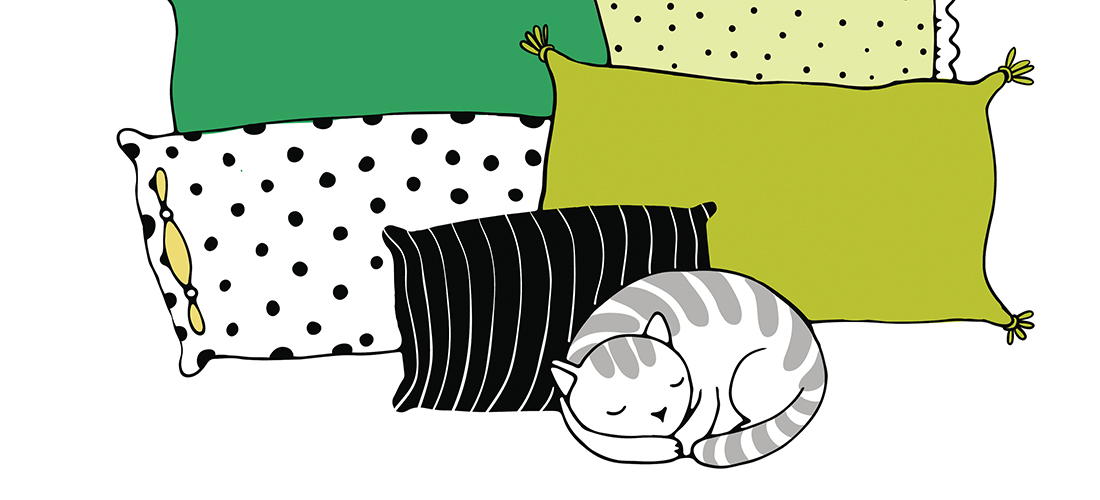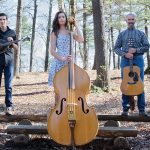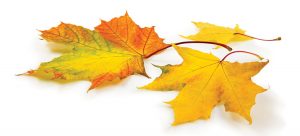
Sleepyhead
Everyone needs a good nap
By Susan Kelly
Do you need a nap?î is the preferred question these days, replacing the more candid, more insulting, “You’re a crab and a grump.” Scram.
I’m also occasionally asked, “Are you hungry?” which falls in the same crab/grump category, but I’m partial to the former because it implies that naps have become a socially acceptable and beneficial time-out rather than slacker behavior.
Still, there are naps, and there are naps. You either take an intentional nap, or an accidental one. Intentional naps are luxury lulls: planned, often announced, and occurring generally during weekends and vacations or after what Gen Y calls a Big Night. For an intentional nap, you deliberately darken a room, lie down on a bed or hammock or sofa or beach chair, and put on a sleep mask, or the book or hat or towel over your eyes, assume a curled-up or stretched-out or otherwise comfy posture and proceed to fall asleep. A baby pillow is a fine accoutrement of the intentional nap; so is a white noise machine or app.
These are the kinds of naps I’d take when I had small children, left them with a babysitter, drove the one mile to my mother’s house, retreated to the empty-nest bedrooms upstairs, and dove into dreamland. Maybe it’s genetic: My father came home every day at lunchtime to “take a lay-down.” Mid-afternoon, my Walnut Cove grandmother pulled down her bedroom window shades (with those marvelous ringed pulls on a string), adjusted the window units, put on a robe, of which she had about six, and retired for a nap. The kind of nap Harper Lee wrote about in the first chapter of To Kill A Mockingbird: “Ladies bathed before noon, after their three-o’clock naps, and by nightfall were like soft teacakes with frostings of sweat and sweet talcum.” (“Bathe”: such a lovely, archaic Southern verb.)
Today, the term for an intentional nap is Power Nap, but I distrust the concept. “Power” and “nap” don’t belong in the same sentence, much less the same phrase. Napping is about giving yourself over to helplessness.
And then there’s the accidental nap. Which also takes place in a hammock or beach chair or on a sofa or porch rocker — and frequently, a desk. The accidental nap has no accoutrements other than embarrassing, physical ones upon waking: the drool pool, the mouth gape, the sweaty and sunburned, the smoking-gun stigma — diamonds from the rope hammock or indentations from a candlewick bedspread like a branding on your blushing, caught-out right cheeks. Then the sudden, momentary, awkward confusion of “Where am I?” and the furtive glance to see if anyone caught you, well, napping.
With practice, you can even nap on a treadmill. While walking on it, I mean. Bringing our 10-year-old daughter home from camp, my husband pulled the car to the side of the road and told her he needed to take a nap. She’d waited four weeks to get home and was not only crazed to see her friends, but horrified at his behavior. “Dad!” she said. “Dads do not do that! What am I supposed to do? You just don’t pull over on the side of the road and take a nap!”
Well, yes, you do. Because the characteristic of a nap, whether intentional or accidental, is that it is — at least at that moment — absolutely vital.
Be it an intentional knockout or a rainy-day doze, everyone needs a nap now and then. Even my middle son, who, when he was 2, believed himself beyond naps. So I fastened a metal hook and eye to his bedroom door so that he would understand that it was his naptime. As well as mine. At some point, naps transition from delayed fun to a goal. What happier objective can there be than this statement, uttered by a friend over his morning cereal every day of vacation? “I can’t wait for my nap today.” OH
Susan Kelly is a blithe spirit, author of several novels, and proud new grandmother.





